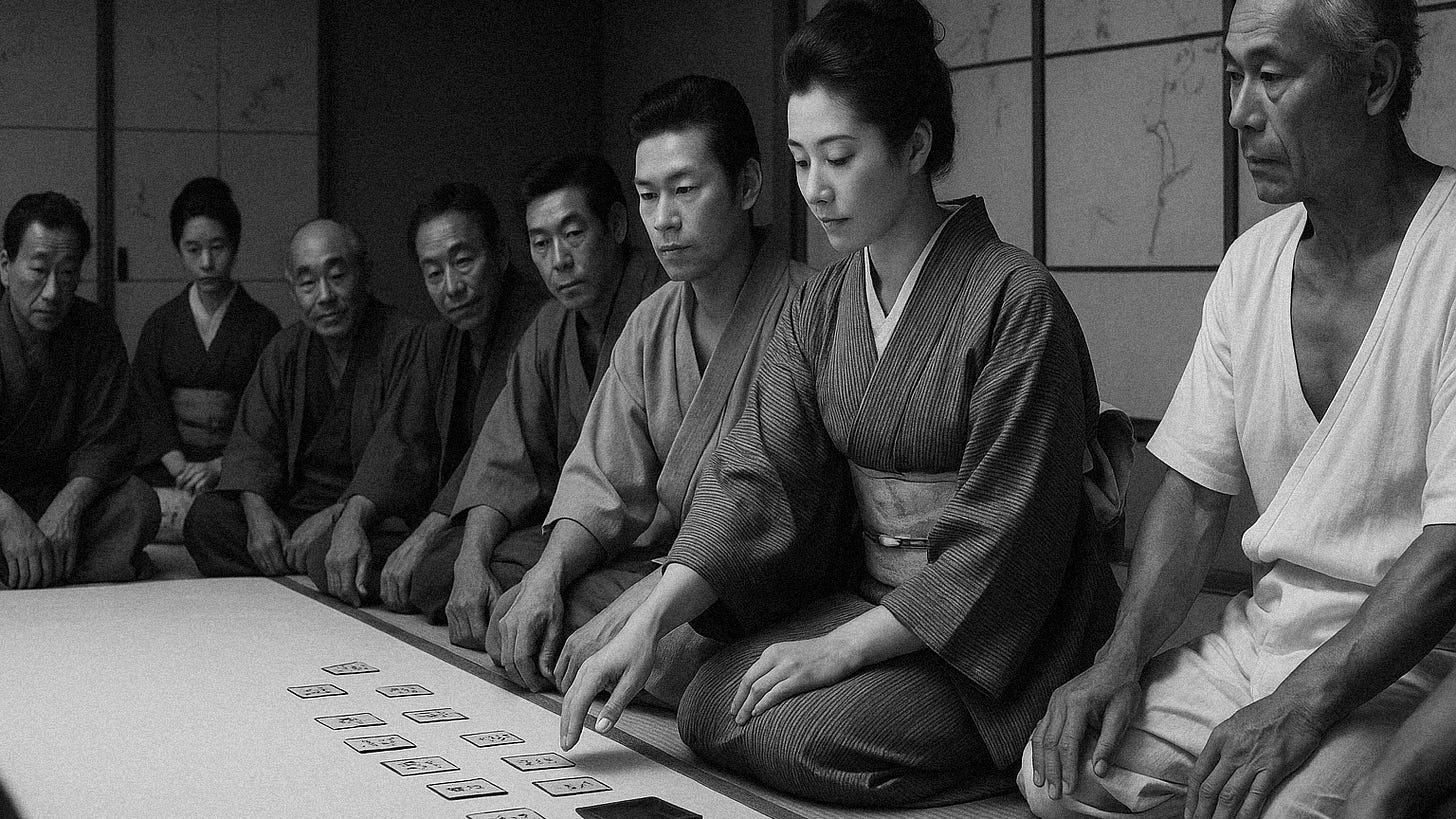Midnight Rise of Modern Yakuza
Yakuza Survival From Late Edo to Meiji Era
Previously, we explored the intriguing roots of Japan’s yakuza through the lens of folklorist Shinobu Orikuchi (折口信夫, 1887–1953), examining how early outlaws known as “gorotsuki” (ごろつき) survived turbulent periods in Japanese history. But how exactly did these groups manage to persist through the upheaval of the late Edo period and the Meiji Restoration (1868), eventually becoming the driving force behind the formation of modern Japan’s yakuza society? This article delves deeper into that question.
Historically, Japan was home to groups of itinerant individuals living at the periphery of settled village communities, known as “burai” or “buraikan” (無頼/無頼漢), who maintained significant cultural influence while roaming mountainous regions. However, their absence from official historical narratives often makes their realities difficult to grasp. Orikuchi was among the first to highlight how, up to the Sengoku (Warring States) period, samurai leaders actively employed these “gorotsuki” as mercenaries, revealing their critical importance during the era when warlords competed for national unification. Previously on Shitsurae, I pointed out the necessity for samurai leaders to ally with merchant classes, notably those from the city of Sakai in Osaka Prefecture, to achieve unification. Another crucial factor was their ability to recruit and manage groups of “gorotsuki.” In essence, warlords who effectively incorporated these groups laid the groundwork for what would become the yakuza.
However, after Tokugawa Ieyasu (徳川家康) unified Japan and established the Edo period (1603–1868), he shifted the foundations of governance away from military might toward academic revival and fostering merchant-class prosperity. Consequently, the activities of the “gorotsuki” became severely restricted, as the shogunate and local daimyō aimed to maintain social order by strictly suppressing these groups. Forced to adapt to survive, these individuals transformed themselves variously into “geinōsha” (芸能者, traveling entertainers), “baishokugyō” (売色業, prostitutes and their patrons), “bakuto” (博徒, gamblers) and “kyōkaku” (侠客, chivalrous figures), and “kuchiireya” (口入屋, employment brokers).



